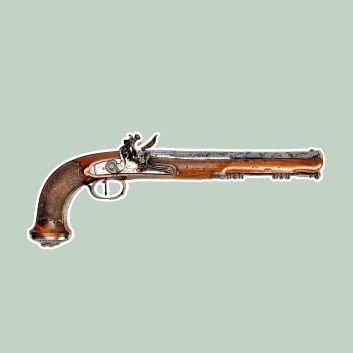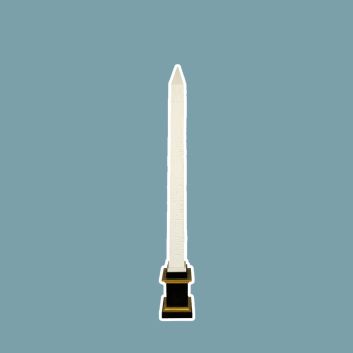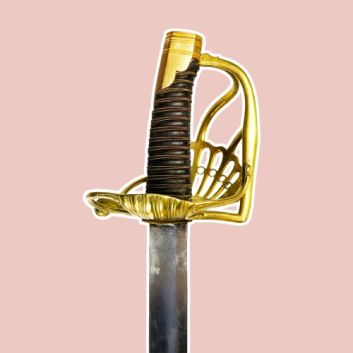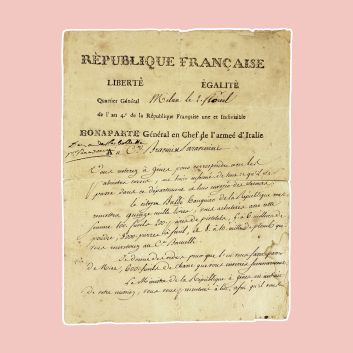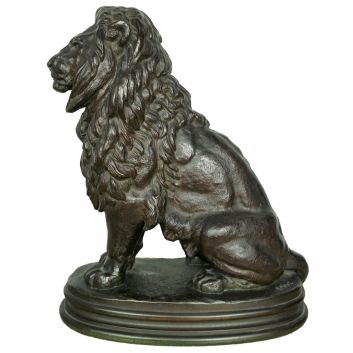Rating and value of sculptures and busts from the First Empire

If you own a First Empire sculpture, and would like to know its value, our state-approved experts and auctioneers will be happy to offer you their appraisal services. Our specialists will carry out a free appraisal of your object, and provide you with a precise estimate of its value on today's market. Then, if you wish to sell your work, we'll guide you towards the best possible means of obtaining the best possible price. The price of a work of art can vary greatly, depending on the artist's identity, its state of conservation, its school and the subject depicted.
Rating and value of First Empire sculptures
Sculptures and busts from the First Empire are often presented at auction. The price at which they sell on the art and auction market ranges from €20 to €780,000, a considerable delta but one that speaks volumes about the value that can be attributed to your sculptures. Their value has risen sharply in recent years, with the most sought-after works being busts of the Emperor Napoleon I. In 2022, a marble bust of Napoleon Bonaparte (made when he was still a general after the Italian campaign) sold for €220,000, whereas its estimate was between €138,000 and €208,000.
Order of value from the simplest, unidentified sculpture to the most prestigious
Sculptor | Results |
|---|---|
Eugène Guillaume | From €150 to €30,000 |
Martin Biennais | From €600 to €33,500 |
James Pradier | From €20 to €127,280 |
Louis Simon Boizot | From €50 to €272,000 |
Albert Ernest Carrier Belleuse | From €40 to €484,040 |
Antoine Louis Barye | From €20 to €630,000 |
Jean Baptiste Carpeaux | From €80 to €780,000 |
Response in less than 24h
Reasons to have a First Empire sculpture appraised
If you own a bust or sculpture from this period, you may be unaware of its value. Indeed, even if the work is not signed, it is possible in some cases to identify the artist. If the artist is listed on the auction market, the price can rise very quickly. It is also possible that the artist cannot be identified, and that only the school of sculpture is known.
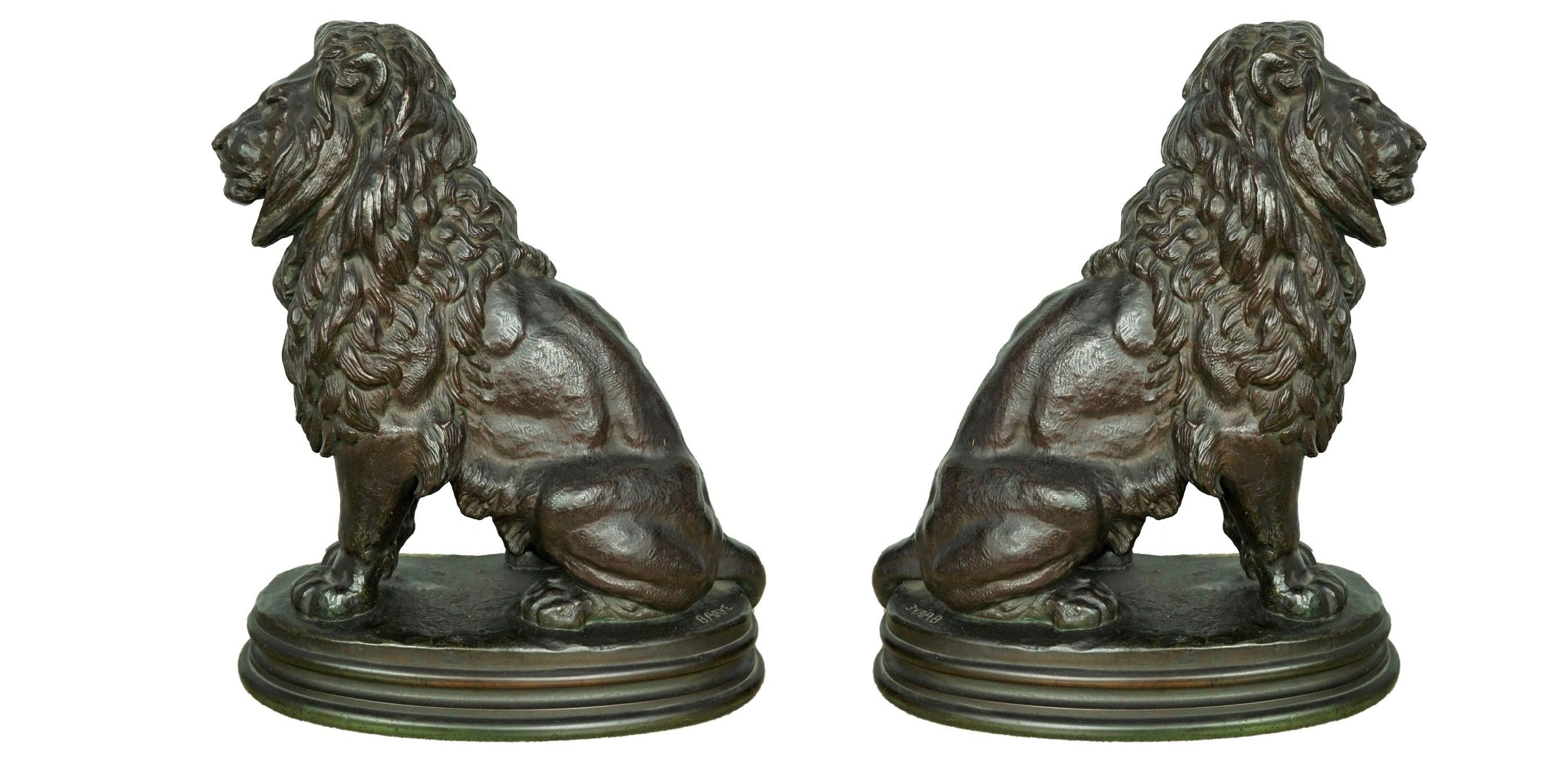
Stylistic and sculptural features under the First Empire
Sculpture was a major technique under the First Empire, and one that we sometimes tend to forget, as painting took up much of the art history of the period. Yet it was a major turning point, neoclassicism having died out around the same time as the First Empire. Representation of the body in the style of Antiquity, mythological subjects, series of busts in the effigy of the Emperor: sculpture excelled under the First Empire, reviving academic canons one last time. Marble was the material of choice during this period, particularly for busts, but bronze was also widely used by artists such as Barye and Carrier-Belleuse.
The last vestige of classicism
Sculpture played a major role in artistic production in the early 19th century. Intrinsically linked to the imperial regime established by Consul Bonaparte, sculpture evolved with him. He advocated a return to Antiquity in his way of governing, first by having himself crowned, and then by using the antique symbols of the greatest Emperors. As early as the Egyptian campaign, he was portrayed as a thaumaturge sovereign, later wearing the laurel wreath formerly worn by Caligula and Hadrian. The iconographic elements are ready-made, as are the subjects of the works.
Legends from Greek and Roman mythology formed a large part of the sculptural output of the period. Antoine Louis Barye revived Theseus and the Minotaur, while James Pradiers sculpted the Three Graces. The beginnings of Romanticism are more visible in sculpture, as the artists' antique inspirations are more expressive and, above all, always preserved, unlike painters who reinvent a trend. We need only refer to the Laocoon group, which depicts faces frozen in fear and pain.
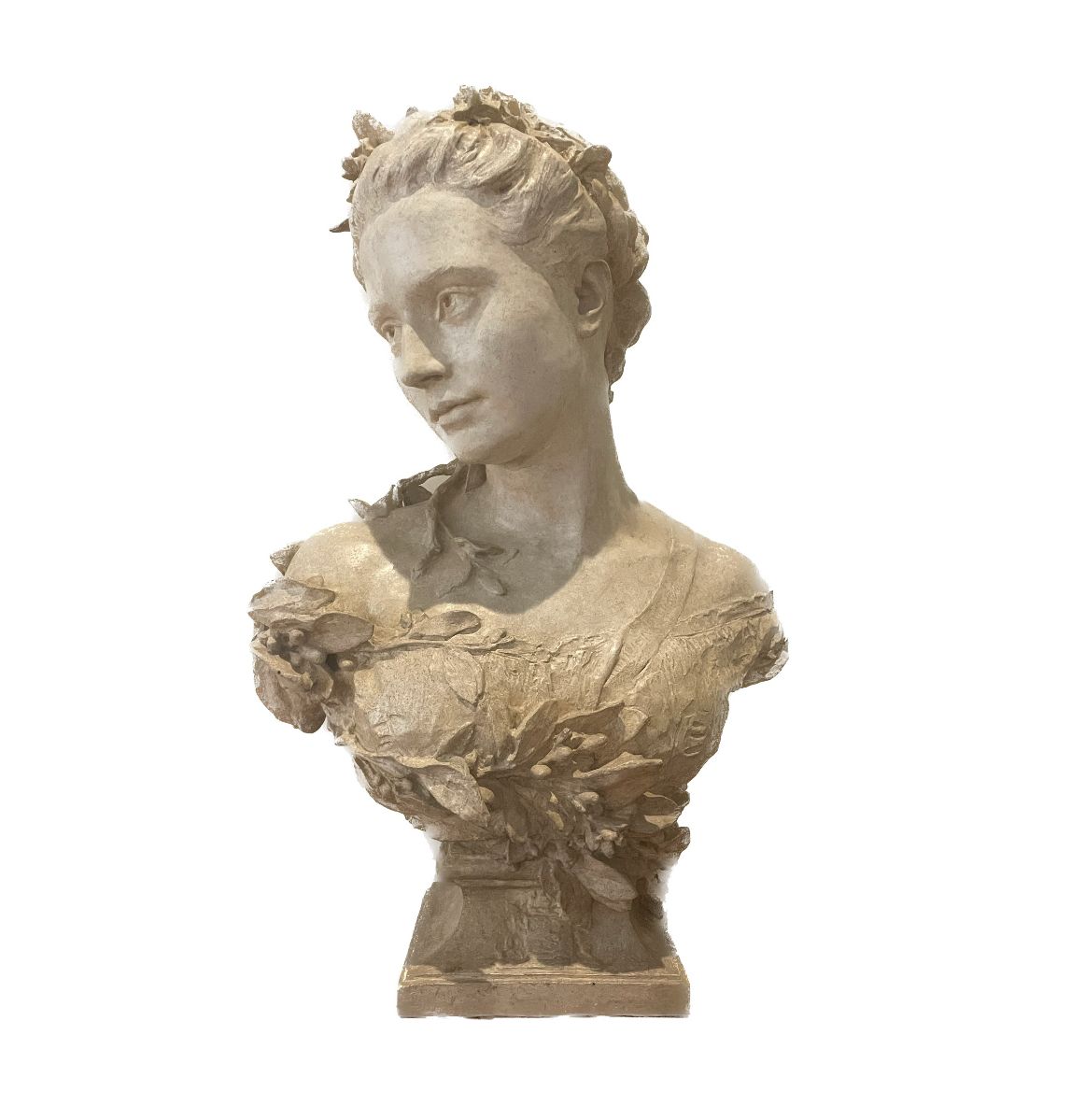
Sculpture in the service of imperial propaganda
If so many busts from this period are presented at auction today, it's because art control and propaganda were introduced as early as the Consulate. Of course, this was true not only for painting, but also for sculpture. Artists such as Eugène Guillaume, Jean-Baptiste Carpeaux, Martin Biennais and Louis-Simon Boizet devoted part of their careers to producing busts of the Emperor or those close to him, whom he placed at the head of various European countries. Joseph Chinard notably produced busts of the Empress Eugénie, while a few also represent L'Aiglon, Napoleon Bonaparte's son and King of Rome, helping to promote the imperial oligarchy.
The majority of busts produced up to 1814 logically featured the Emperor, according to carefully chosen stylistic characteristics. He is shown beardless, with his attributes of power, relatively thick hair and prominent features: he takes his cue from Alexander, who had himself given these guidelines to his official portraitist, Lysippus, and had thus upset the canons of ancient sculpture as far as busts were concerned. Today, this artistic production is in great demand at auction, and the results achieved by these works are constantly increasing.
Know the true value of your sculpture
If you happen to own a First Empire bust or sculpture, or think you might, don't hesitate to request a free appraisal using the form on our website. A member of our team of experts and chartered auctioneers will contact you promptly to provide you with an estimate of the market value of your work, as well as any relevant information about it. If you wish to sell your product, our specialists will also help you to find alternatives for selling it at the best possible price, taking into account market trends.
Response in less than 24h
Related topics
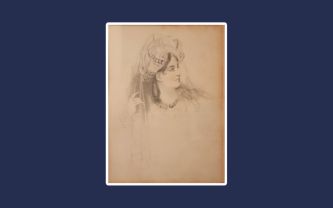
Rating and value of Orientalist drawings
This week, one of our readers submits to our auctioneer, Céline Beral, a pencil drawing, with some highlights
Read more >
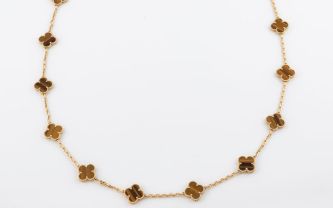
Get a free appraisal of your jewelry and watches...
Jewelry and watches of collection are objects of great value to the amateurs of luxury. Have them appraised by a certified auctioneer.
Read more >
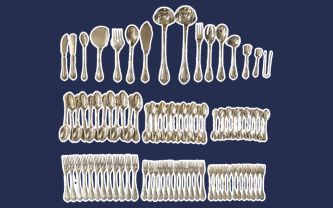
To make estimate free of charge pieces of goldsmithery and arge...
Gold and silverware are art forms that have a long history and have always been appreciated for their beauty and value.
Read more >
Secure site, anonymity preserved
State-approved auctioneer and expert
Free, certified estimates
